Simple seasonal lunch recipes
A taste of spring.
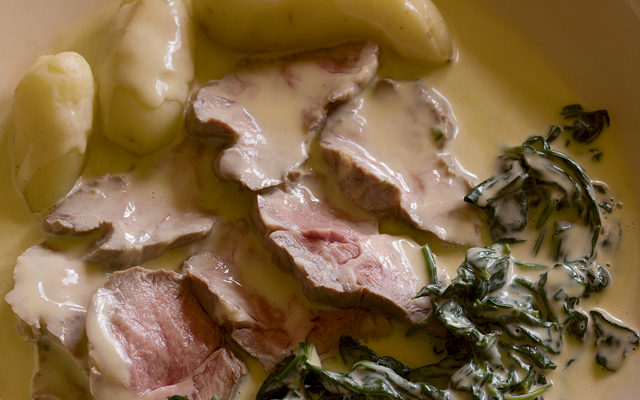

For one of the first times in my life as a cookery writer, this glorious month of May shall be bereft of a single recipe for asparagus, for I have been shamed by my fellow Englishmen and women. This time last year, in the glorious Surrey countryside, I witnessed, over and over again, the antics of previous visitors kindly invited to pick their own farm asparagus (after a modest fee) who, it seems, had turned primitive when it came to one of the most joyous tasks of the culinary field.
What so horrified me as I meandered up and down the raised beds, quietly harvesting my bounty, was that at least a quarter of these beautiful green spears, standing so proud and just begging to be sliced out of the ground with a long, sharp knife, had then simply been discarded upon the soil. The perversity of such sacrilege left me more depressed than I can recently recall, as I motored back to west London.
Naturally, I suggest that readers of Country Life will wholeheartedly agree with my distress over such behaviour and understand my reluctance to, once again, display enthusiasm for this seasonal delight. Let us hope that my outrage conveyed to the growers, last year, may now have corrected the situation and allow me to wax lyrical once more next year.
In the meantime, I hope that the following two offerings will appease; at least the lamb is as seasonal as can be and, together with the vibrantly flavoured squid salad, will hopefully provide a first and main course that could not be more fresh tasting for, say, a late-spring weekend lunch.
Poached neck fillet of lamb with spinach and egg and lemon sauce (serves 4) The simple soup known as avgolemono is made when a flavoursome chicken broth, lemon juice and rice are lightly emulsified by the quick addition of beaten eggs (or sometimes just yolks) whisked into it, both thickening and enriching the assembly. The following preparation using lamb employs a similar method, producing a delicate, yet deeply savoury dish.
Note: boned and rolled lamb breast is now a regular feature in supermarkets, but if your butcher has whole lamb breasts, simply ask him to chop them into pieces, bones and all, but kindly request that he also removes most of the excess fat. Ingredients For the lamb cooking broth 300g boned lamb breast (or another cheap cut), chopped into small pieces 200ml dry white wine 3 celery stalks, chopped 3 cloves garlic, bruised 2 small onions, chopped 2 carrots, chopped A little salt
4 small lamb neck fillets Juice of 2 small lemons 4 egg yolks, beaten 100ml double cream About 3 handfuls of small, young spinach leaves Freshly ground white pepper
Sign up for the Country Life Newsletter
Exquisite houses, the beauty of Nature, and how to get the most from your life, straight to your inbox.
Method Put the ingredients for the broth into a roomy pot and add about one litre of cold water. Slowly bring up to a simmer and skim off all resultant scum that appears on the surface. Allow to quietly cook for about one hour. Now, immerse the lamb fillets and poach for no more than 20 minutes or so. Lift them out, place upon a warmed dish and secure with foil. Strain the broth through a fine sieve into a clean pan (discard all solids), allow to settle for a few minutes and then remove the fat from the surface using a few sheets of kitchen paper.
Reduce the broth by about half (once more, removing any scum generated) until strong in flavour. Immerse the lamb fillets, bring up to a very gentle simmer and poach for 10–15 minutes; they should feel bouncy when tweaked between the fingers, once cooked. Remove the lamb fillets to a plate, cover tightly with foil and put to one side.
Stir the lemon juice into the broth and keep hot. Now, put the egg yolks in a bowl and whisk in the cream. Slowly add this to the broth while whisking energetically over a low heat until the mixture is clearly beginning to thicken up; this will not take very long. Once the consistency is beginning to resemble that of double cream (watch out that the sauce doesn’t scramble and split), adjust seasoning and add the spinach. Allow to wilt into the sauce and then put the pan to one side.
Slice the lamb onto hot plates and spoon the sauce over it allowing the spinach to settle to one side, almost as a garnish. Eat with buttered new potatoes.
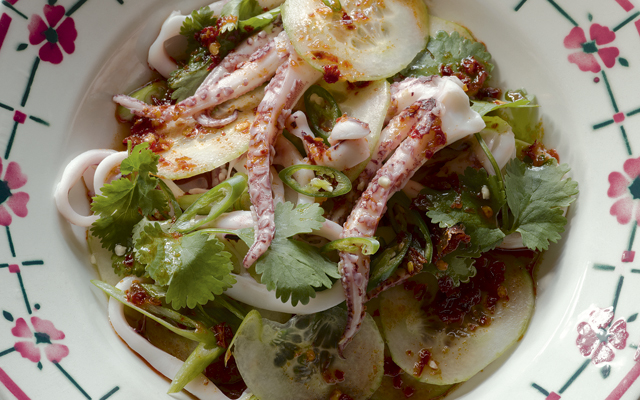
Squid salad (serves 4) Try to find squid as fresh as possible — and, furthermore, not too large. I have always found it unnecessary to remove the purplish skin that covers the body of the squid and think it rather attractive, once cooked, as well as preserving flavour, I believe.
Do please be attentive to the instructions below for cooking the squid: truly, the timing should almost be seconds and certainly not more than a couple of minutes.
Ingredients For the dressing 200ml mirin (sweet rice wine) 50ml light soy sauce Half a tablespoon Thai fish sauce Juice of 1 lime 1 small knob fresh ginger, peeled and finely grated 1 clove garlic, finely chopped 1tbspn sesame oil 2 red chillies, de-seeded and finely chopped
350g–400g cleaned squid Half a large cucumber, peeled and sliced 2 hot green chillies, thinly sliced Coriander leaves 4 spring onions, trimmed and finely chopped
Method To make the dressing, pour the mirin into a small saucepan, bring up to the boil, then simmer until reduced to about two-thirds of its original volume. Decant into a bowl and allow to cool completely. Add the remaining seven ingredients and stir together. Put to one side.
Bring a pot of lightly salted water to the boil. Cut the squid bodies into thin rings and cut the clutch of tentacles into single lengths. Plunge into the water, just bring back to the boil and then drain at once.
Take four plates and divide the cucumber, chillies, coriander and spring onions between them. Arrange them prettily before carefully placing pieces of the squid on top, making sure that each has both rings and tentacles. Whisk the dressing, spoon some over each salad and serve forthwith. Simon Hopkinson is the founding chef and co-proprietor of Bibendum restaurant, London.
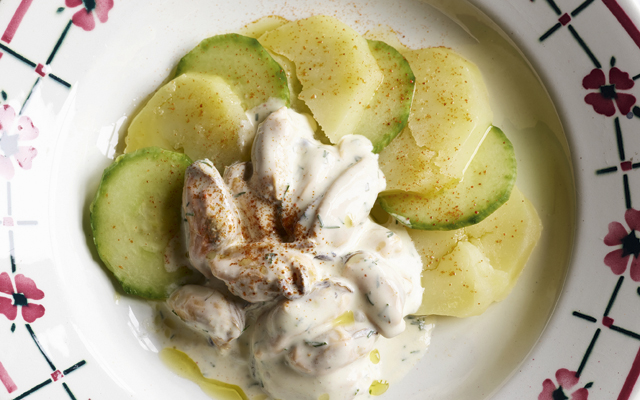
Easy alternatives to moules marinière
Simon Hopkinson urges us to flex our mussels on two quick alternatives to moules marinière.
-
 Athena: We need to get serious about saving our museums
Athena: We need to get serious about saving our museumsThe government announced that museums ‘can now apply for £20 million of funding to invest in their future’ last week. But will this be enough?
By Country Life
-
 Six rural properties with space, charm and endless views, as seen in Country Life
Six rural properties with space, charm and endless views, as seen in Country LifeWe take a look at some of the best houses to come to the market via Country Life in the past week.
By Toby Keel
-
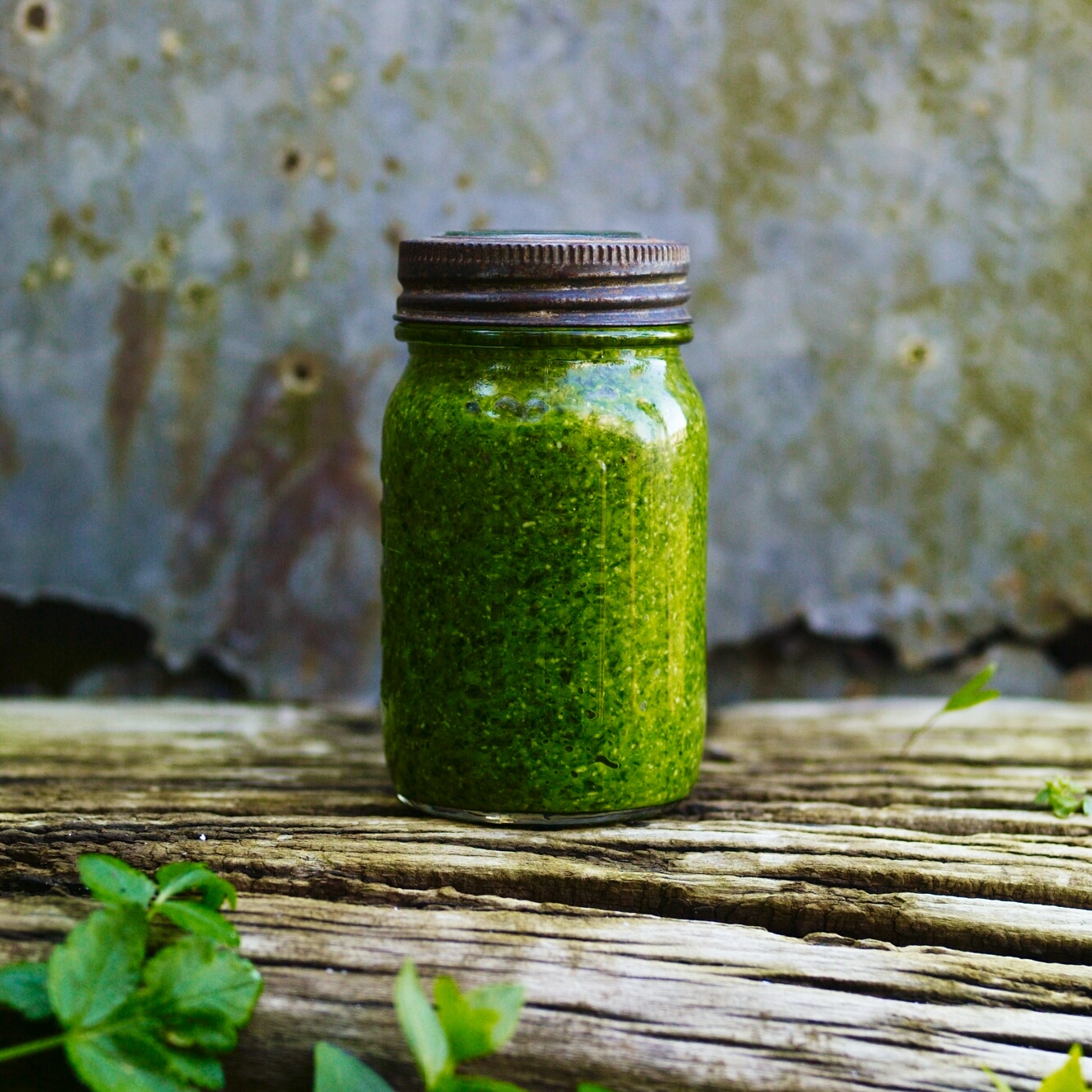 Gill Meller's recipe for wild garlic pesto
Gill Meller's recipe for wild garlic pestoThe appearance of wild garlic is a sure sign that spring is on the way. Make the most of it with this quick and easy recipe for 'intense' pesto.
By Gill Meller
-
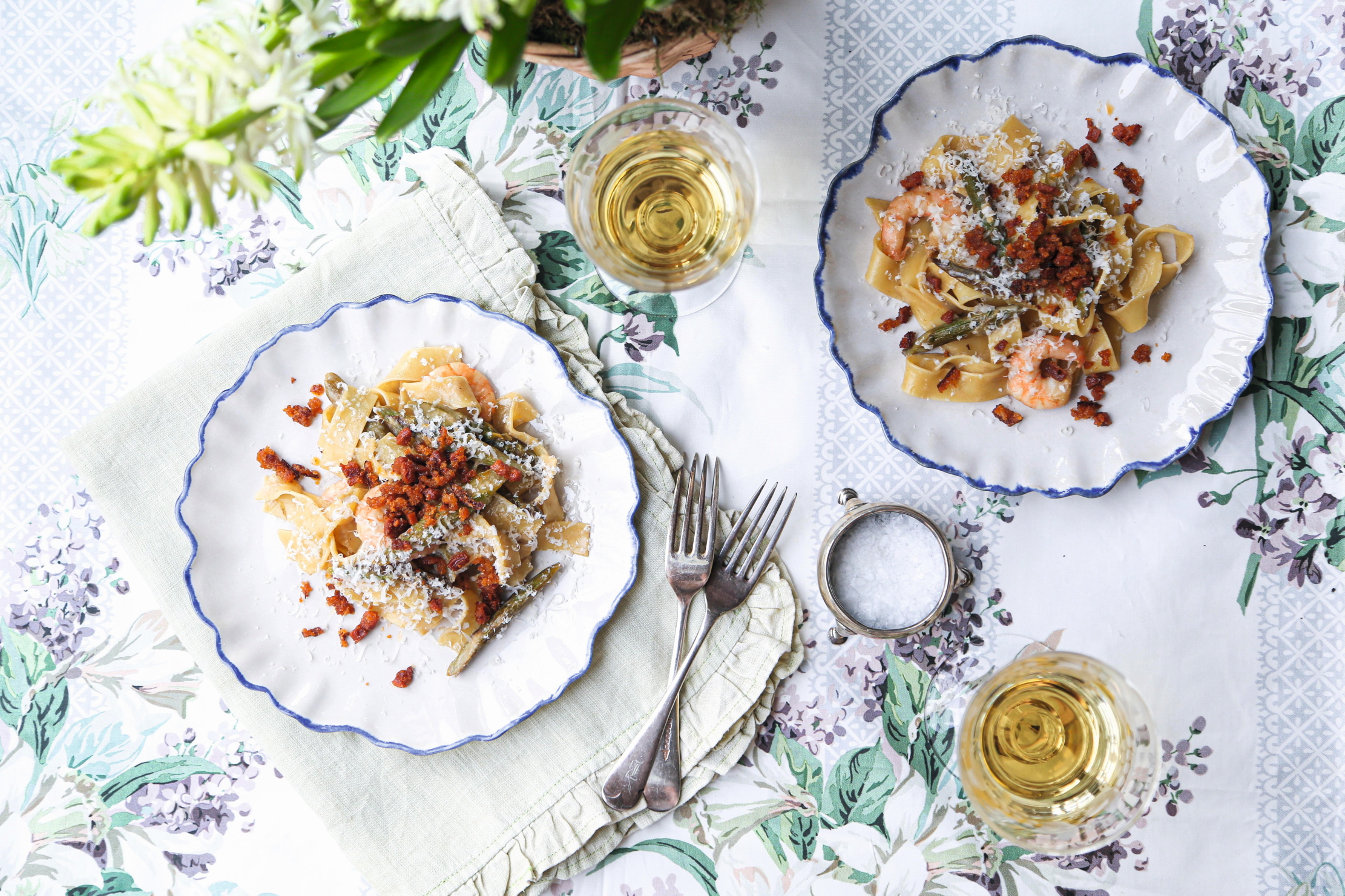 Asparagus and prawn pappardelle with chorizo that sings of Spring
Asparagus and prawn pappardelle with chorizo that sings of SpringThis recipe comes with 'a flavour punch you don't want to miss'
By Melanie Johnson
-
 Delicious herbs and ices: rosemary ice cream with chocolate brownie
Delicious herbs and ices: rosemary ice cream with chocolate brownieThis immensely popular and versatile herb is easily grown in the garden, and pairs with anything from ice cream to chicken.
By Melanie Johnson
-
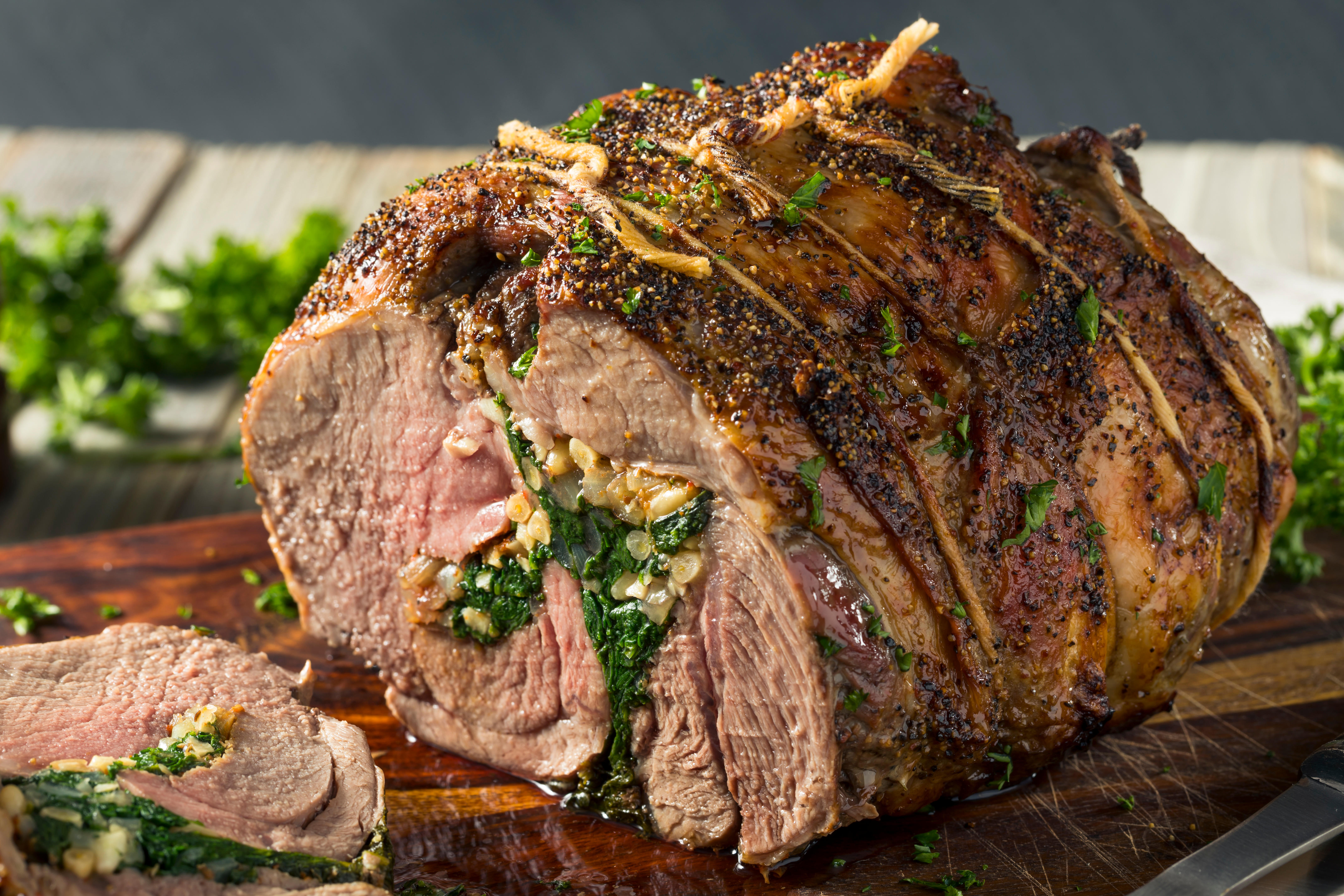 Recipe: Tom Aikens's roast leg of lamb
Recipe: Tom Aikens's roast leg of lambThe arrival of Spring is an grand time of year for all those who love fresh, seasonal food, with the arrival of all the delicious young vegetables and salads. Tom Aikens shares his recipe for roast lamb.
By Country Life
-
 How to make rack of lamb with harissa, asparagus and garlic-and-almond sourdough crumbs
How to make rack of lamb with harissa, asparagus and garlic-and-almond sourdough crumbsNow's the time to enjoy British-grown asparagus.
By Melanie Johnson
-
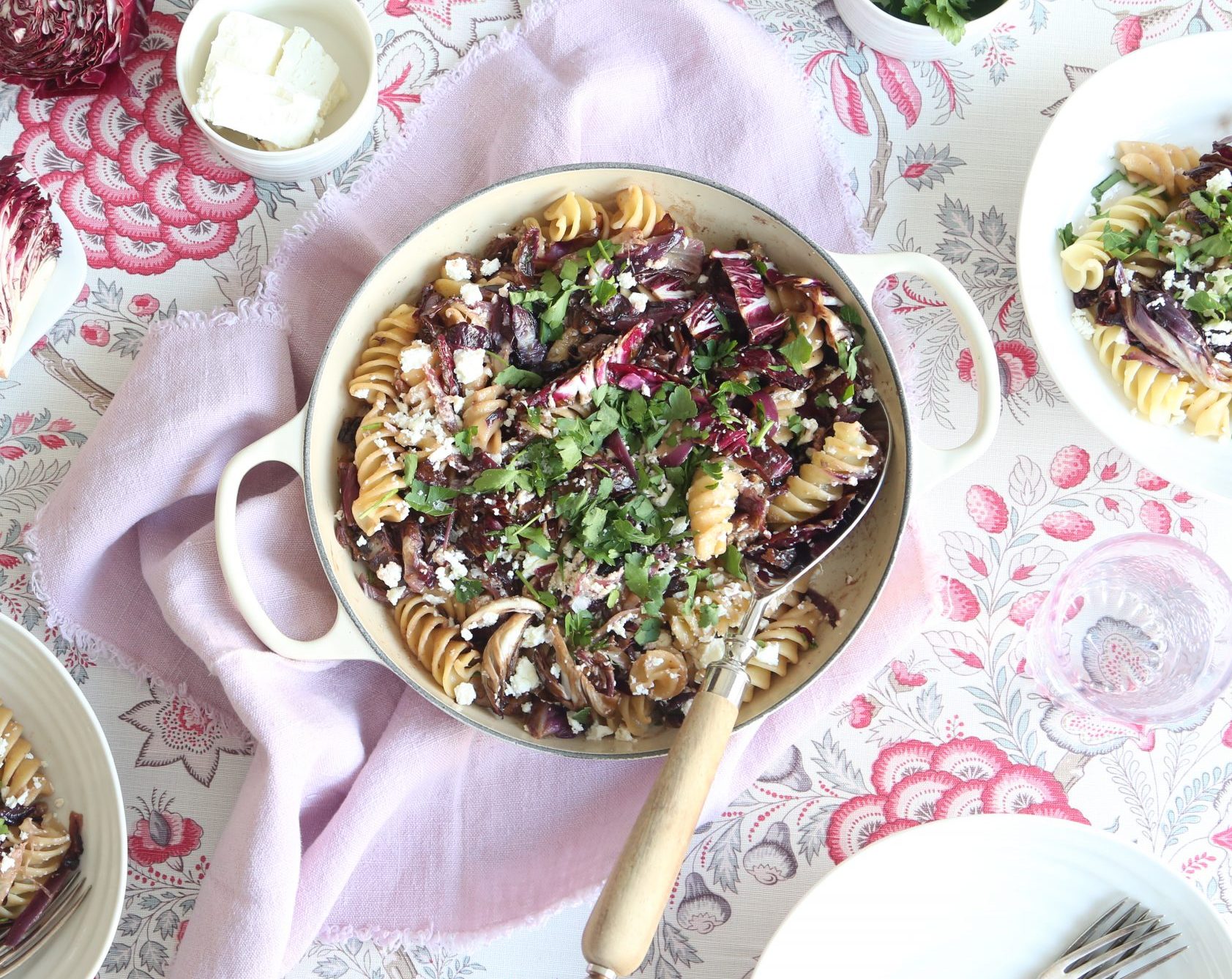 How to make pasta with radicchio, pear, walnut and feta
How to make pasta with radicchio, pear, walnut and fetaRadicchio's bitter leaves add interesting flavours to this spring pasta dish.
By Melanie Johnson
-
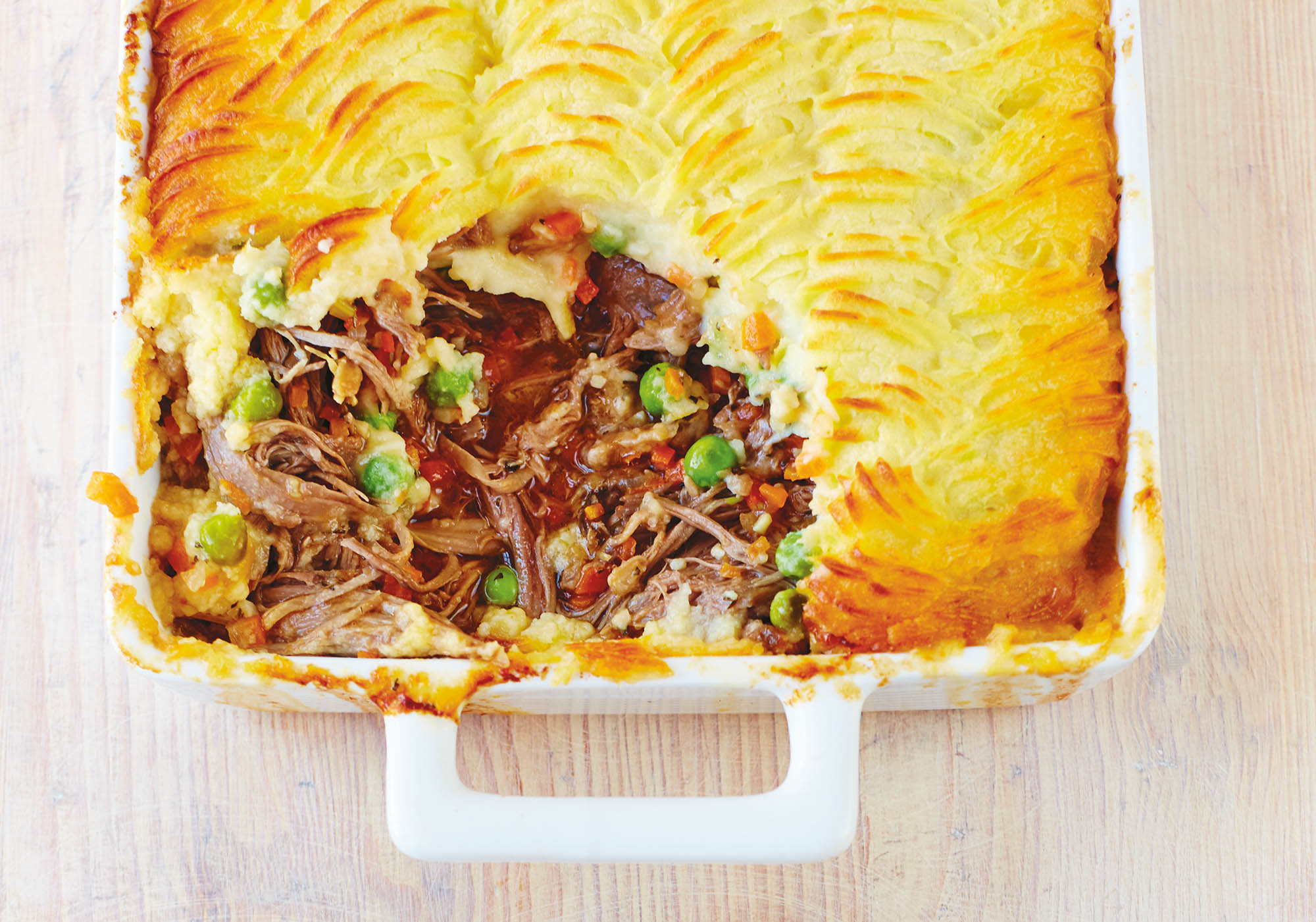 An unbeatable shoulder-of-lamb shepherd's pie recipe ideal for Easter, as dreamed up by the chefs at Fortnum & Mason
An unbeatable shoulder-of-lamb shepherd's pie recipe ideal for Easter, as dreamed up by the chefs at Fortnum & MasonIf you're looking for a dish that mixes show-stopper with comfort food, this is just ideal.
By Country Life
-
 The ultimate 'posh' rhubarb and custard? How to make rhubarb, raspberry and thyme mille-feuille
The ultimate 'posh' rhubarb and custard? How to make rhubarb, raspberry and thyme mille-feuilleHere's how to elevate simple rhubarb and custard to something rather smart.
By Melanie Johnson